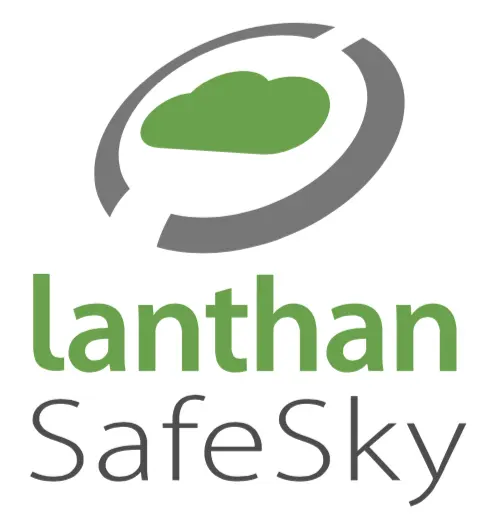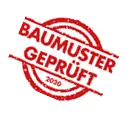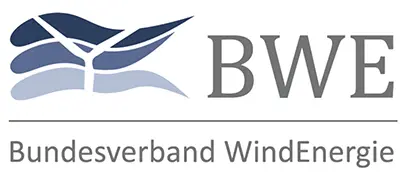What do operators need to consider?
Framework conditions and requirements for operators of aircraft detection lighting systems (ADLS)
For wind power stations
The energy transition is in full swing and wind power stations play an important part in the transition to sustainable sources of energy. But besides the obvious advantages wind power offers for the environment and energy supply, operators of wind power stations are facing a challenging task: aircraft detection lighting systems in order to ensure air traffic safety and to meet the legal requirements.
Aircraft detection lighting systems, ADLS in short, are the key to the solution of this challenge. It is important for the operators of wind power stations to understand the legal framework, to optimise the useful life of lighting components and to meet the current requirements for ADL systems. This section deals with precisely these issues and offers valuable insights to operators who want to operate their wind power stations efficiently and in compliance with the laws.


Contents
I. Legal framework – General
- Understanding the general legal framework for ADLS.
- What compliance with ADLS regulations means for operators.
I.I. General legal framework for ADL systems
- Lighting at daytime and night-time
- Types of aviation obstruction lighting
II. Useful life of lighting components used for aircraft detection lighting systems of wind power stations
- Factors influencing the useful life of obstruction lighting components.
II.I. Type and quality of lighting components for aircraft detection lighting systems
- Failure probability of lighting components
- Preventative replacement based on operating hours recorded
- Duty to notify in the event of a failure of lighting components
II.II External influences on ADL systems
- Environmental influences on useful life
- Maintenance, inspection and servicing
III. Aircraft detection lighting systems – Current requirements
- Continuous adjustment to current ADLS requirements
- Challenges of the ADLS technology and their impact on the environment and energy efficiency
III.I. Site-related test by a type test institute
- Continuous adjustment to current ADLS requirements
- Challenges of the ADLS technology and their impact on the environment and energy efficiency
IV. Operator responsibility
- Compliance with regulations and use of efficient ADLS technologies
- Importance of an expert partner supporting operators
V. Sources and resources
- Sources and resources
1. Legal framework for aircraft detection lighting systems
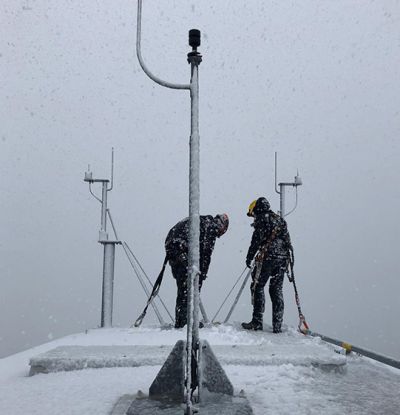
Aircraft detection lighting systems (ADLS) of wind power stations are not only a technical requirement but also mean an essential legal obligation for operators of wind farms. In order to ensure air traffic safety and guarantee compliance with the legal provisions, it is essential to understand the general legal framework in connection with ADLS.
In many countries, there are specific provisions regulating the ADLS of wind power stations. These provisions vary from region to region and may change in the course of time. For operators of wind farms, it is therefore imperative to keep themselves informed about the most recent applicable laws and regulations in order to ensure conformity. Ideally, operators can rely on an experienced partner who already supplies the necessary know-how as its core competence.
The ADLS regulation provides one of the fundamental legal requirements. It lays down the minimum requirements for aircraft detection lighting systems of wind power stations to ensure air traffic safety. It contains provisions regarding the kind of lighting system, its intensity and the range of the obstruction lighting components. Any violation of these provisions cannot only have serious legal consequences but may also endanger air traffic safety.
Furthermore, compliance with ADLS regulations can also be a prerequisite for the approval and operation of wind power stations. Before building and commissioning a wind power station, operators have to ensure that their station complies with the legal requirements and that the required permits have been obtained. Non-compliance with the legal framework may jeopardise operation and involve considerable financial and legal risks.
1.1 General legal framework for ADL systems
The provisions of the ADLS framework include the lighting of wind power stations (WPS) in air traffic. In general, WPSs are considered obstructions to air traffic like e.g. towers, chimneys or high buildings. According to national and international regulations, these obstructions must be identified. The relevant provisions have been laid down in ICAO Annex 14 and in ICAO DOC 9157. In Germany, these international recommendations have been implemented into national law.
Airspace obstructions are defined as objects exceeding specific heights above ground level, depending on whether they are located in urban or densely populated areas. There are also protection zones around airports where obstructions have to be marked.
During the day, obstructions are identified by colour markings or flags and by lighting at night. Low-level flight operations may require additional markings, and particularly hazardous situations make additional identification necessary even during the day.
Obstruction lighting, hazard beacons, blade tip lights or red lights are used to identify WP stations at night. Requirements vary depending on the height of the stations. Obstruction lights must have a horizontal visibility of 360 degrees and a vertical radiation of -5 to +50 degrees. Hazard beacons have a luminous intensity of 2.000 cd and must not exceed the unlit part of the station from certain distances. Blade tip lights are installed at the rotor blade tips of the WPS and have to meet certain requirements. Red lights are flashing omnidirectional lights and must be used as double lighting when the unlit part of the station is higher than 65 m.
In Germany, mainly red lights and additional lighting levels are used on the tower of a WPS. Blade tip lights are currently not in use as aircraft pilots feel they cause disorientation, especially in large wind farms with a great number of WPSs.
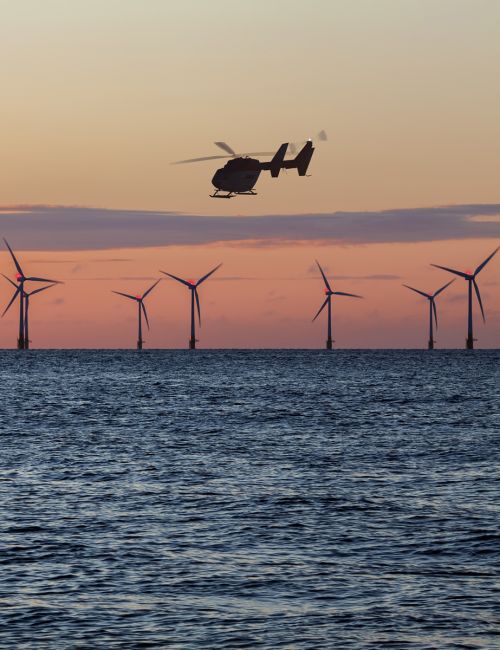
2. Useful life of lighting components for aircraft detection lighting systems of wind power stations
Ensuring the proper function and a long useful life of lighting components in aircraft detection systems of wind power stations is essential as they have to ensure air traffic safety and meet the legal requirements. The useful life of these components depends on various factors that have to be considered.
As has been described above, red lights range among the most commonly used lighting components in Germany to identify the towers and rotors of wind power stations at night. These lights have to offer a constant and reliable function to ensure that pilots can recognise them from a distance. Regular maintenance and inspection are imperative in order to optimise the useful life of these lights.


2.1 Type and quality of lighting components for aircraft detection lighting systems1
As regards the useful life of lighting components used in wind power stations (WPS), the German General Administrative Regulation for the Identification of Airspace Obstructions (German abbreviation: AVV) ² prescribes that lighting components such as LEDs have to be replaced as soon as their failure probability reaches 5%. Based on talks with manufacturers of lamps and wind power stations, it is assumed that LEDs reach this failure probability after about 50,000 hours of operation. Accordingly, the operation time has to be recorded to ensure the reliable operation of the lighting system.
The useful life of lighting components is often shown as a bathtub curve where the failure rate is high at the beginning and at the end while a constant failure rate prevails in the phase in between the two, and this can be described by a cumulative distribution function. Should a lamp fail before its preventative replacement, the plant operator is obliged to report this fact to the Aeronautical Information Service (AIS) of Deutsche Flugsicherung (DFS) [German Air Traffic Control] which will forward this information by NOTAM³ to aircraft pilots. The reason is that the replacement of the defective lighting component may take a few weeks.
2.2 External influences on ADL systems
Another crucial factor influencing the useful life of lighting components is the environment in which they are installed. Wind power stations are exposed to extreme weather conditions, ranging from strong wind up to extreme temperature fluctuations. These environmental conditions can have an influence on the useful life of the components. This is why regular inspection and maintenance matter here as well to ensure damage is detected and repaired in due time. It is important to observe the manufacturer’s instructions and recommendations regarding the useful life of the lighting components. It prevents unnecessary failures and ensures that the stations always comply with the legal requirements. Regular inspection and tests are imperative in order to ensure the proper function of the lighting components.
3. Current requirements for aircraft detection lighting systems

Aircraft detection lighting systems (ADLS) of wind power stations are a highly complex matter and they keep evolving in order to meet the requirements of air traffic safety. This is why operators of wind farms have to be up to date with the technology and the legal provisions in order to implement ADLSs efficiently and in compliance with the laws.
The current requirements for ADL systems are not only of importance on a national but also on an international level. Different countries have different regulations and depending on a station’s geographical location, it may be necessary to adjust or extend ADLS technologies. Being familiar with national and international provisions is imperative in order to ensure the compatibility of ADL systems.
One of the main challenges is to design the ADL systems so that they ensure air traffic safety but are energy efficient and environmentally compatible at the same time. This requires careful consideration of the technical requirements and the ecological impact. In addition to this, ADLS is a rapidly evolving industry. New technologies and solutions are continuously developed in order to increase the efficiency and cost-effectiveness of ADL systems.
It is advisable for operators to choose the most advanced solutions for their stations, if possible, so that they can ensure compliance with the legal requirements in the long term. A future-oriented innovation can be found in the transponder-based aircraft detection lighting system. As the inventors of this technology, the team of Lanthan Safe Sky works in line with legislation and is perfectly familiar with all approval processes. Currently, the site-related test by a type test institute is the most important obstacle to be overcome for the installation of an ADLS solution.
3.1 Site-related test by a type test institute5
In general, it is the operator’s or manufacturer’s responsibility to provide the so-called AVV certificate. This is a formal procedure where the specific format and precise content of the certificate are, however, not determined in the AVV identification itself. The actual definition of what is required for this certificate is set forth in the test criteria for ADL systems that were determined in connection with the type test. These test criteria can be found in Appendix 6.3 of the AVV identification.
A central criterion of the type test is the verification of the site-related test criteria by a specialised type test institute. This step is of great importance as only these institutes have sufficient insights into the operating principle of ADL systems to enable them to perform a reliable verification. A verification of the criteria by the operator or manufacturer would be the same as a self-test, which is unacceptable in aviation for safety reasons.
As this is a technically highly complex matter, a test performed by other third parties that have no detailed insights into the design or operating principle of the ADL system is not acceptable either. For this reason, many aviation authorities (LLBs – German state aviation authorities) specifically require the test performed by a type test institute as a separate condition in addition to the above test criteria. This requirement is also contained in the type test certificate.
The site-related tests are subdivided into two parts. The first step is the pre-test of the desired ADLS site in consideration of the flight operations taking place there. The second step is the test of the project-specific and type-compliant integration of the ADL system at the site in consideration of the station configuration, the system performance and the local conditions. The advantage of this procedure is that it minimises the risk and supports the acceleration of the process at the aviation authorities whose capacities are known to be limited anyway. It is the minimisation of risk that plays an essential part here.
During the approval procedure, the type test institute verifies the system’s general fitness for approval under the aviation laws in close coordination with the aviation authorities as a first step. Right at the beginning of the project, this step establishes whether an ADLS is approvable at this particular site. This process also allows the ADLS to be approved before considerable costs are incurred for the project. The first projects have already been implemented successfully and on time with this process. Due to the technology used and the nature of the type test, this system generally requires no surveying flights.

4. Operator responsibility – We provide the support you need
Aircraft detection lighting systems (ADLS) are an indispensable part of the operation of wind power stations. They both ensure the safety of air traffic and have to meet the legal requirements. The information presented here has demonstrated that operators of wind farms are facing quite a few challenges – ranging from the legal framework to the recording of the operating hours up to the servicing of the lighting components. It goes without saying that operators benefit from the experience of a competent partner in this respect.
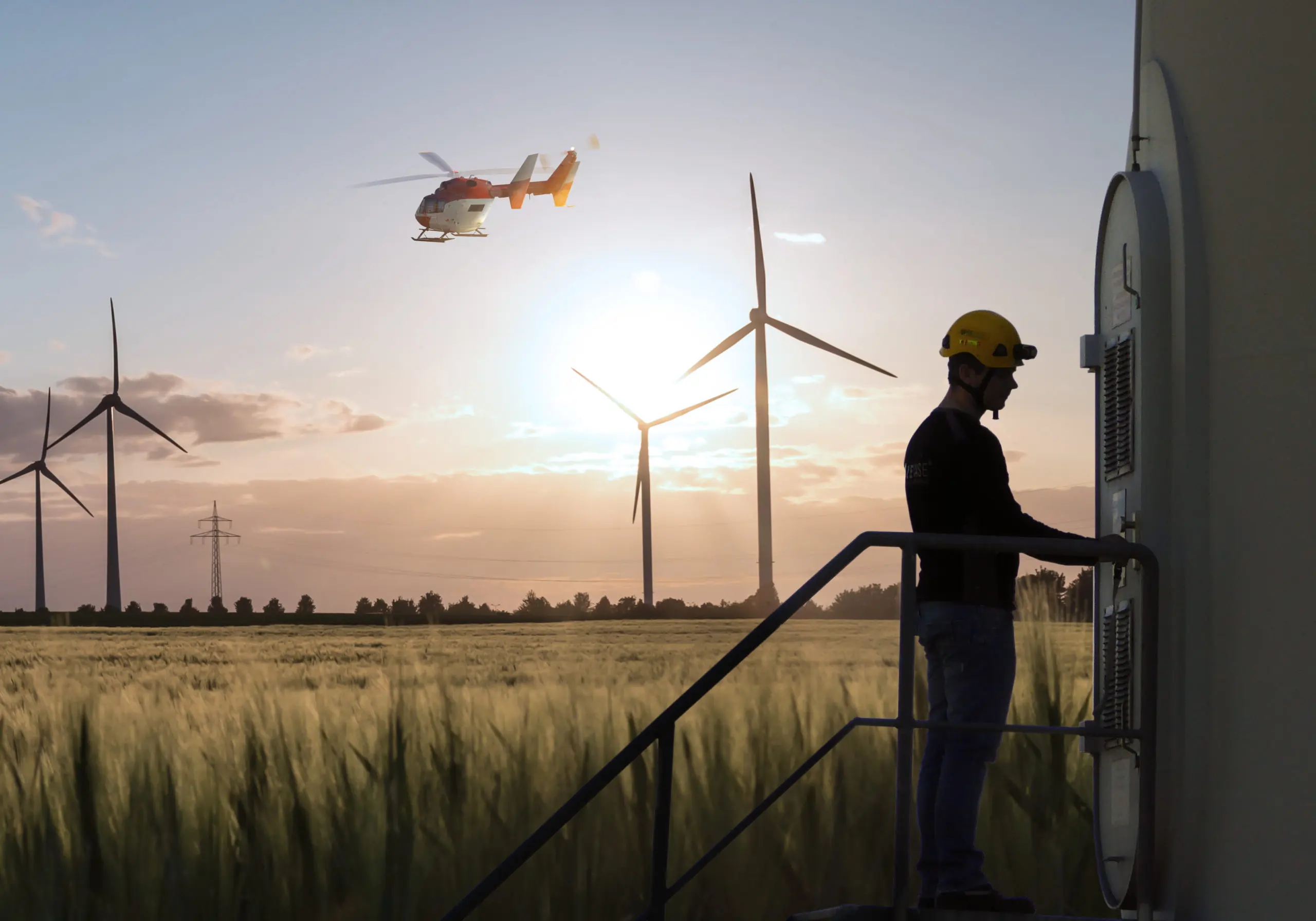
5. Sources and resources
1 »Identification and assessment of aviation risks arising through the introduction of aircraft detection lighting systems (ADLS) and description of measures to minimise the risks« – Study commissioned by the German Federal Ministry for Economic Affairs and Climate Action (BMWK) – https://www.bmwk.de/Redaktion/DE/Publikationen/Studien/transponderbasierte-bedarfsgesteuerte-nachtkennzeichnung.html
2 »General Administrative Regulation for the Identification of Airspace Obstructions« https://www.verwaltungsvorschriften-im-internet.de/bsvwvbund_24042020_LF15.htm
³ NOTAM is the acronym for »Notice to Airmen« and is sometimes also referred to as »Notice to Air Missions«. NOTAMs are notices and data describing temporary or permanent modifications of the »Aeronautical Information Publication« (AIP). This information is of great importance in order to ensure orderly, safe and trouble-free air traffic. – Wikipedia: https://de.wikipedia.org/wiki/NOTAM
4 »Requirements for aircraft detection lighting systems (ADLS)« – https://www.verwaltungsvorschriften-im-internet.de/BMVI-LF15-20200424-KF-001-A006.htm
5 »ADLS conversion in theory and practice – Guideline and information for customers« – German language
For the responsible and sustainable operation of wind power stations. We are looking forward to your enquiry.
